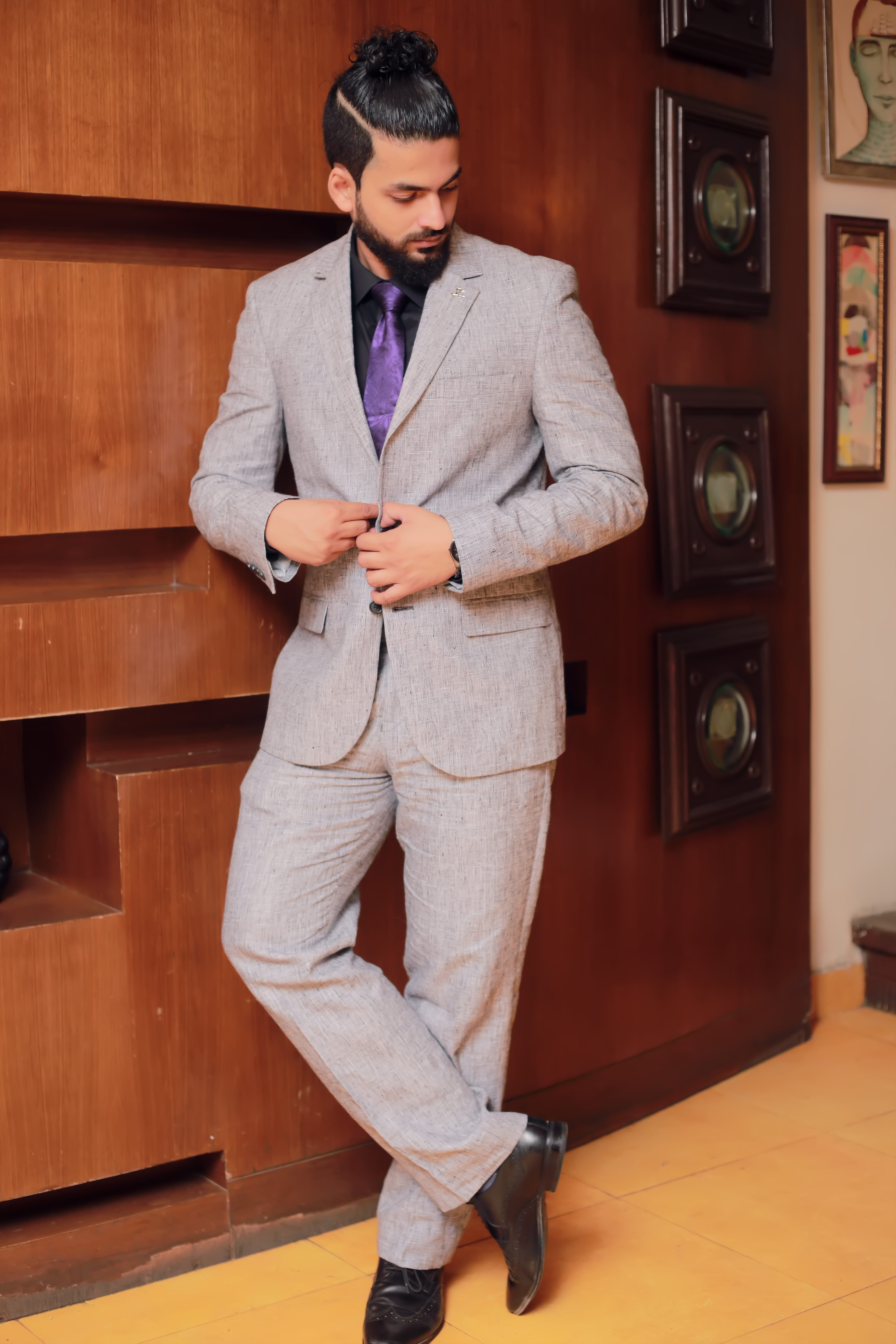Story by: Jeremy Cabral
When it comes to men’s suits I often see Indian men fumbling when asked by their tailor on the style of suit they wish to create. After a few hesitations the tailor will hand over a look-book of different suit styles and fabrics that will go with it. This can be even tricky when you plan to buy a suit off the rack. However, in most cases I would never advice you to pick up a suit off the rack unless its very urgent. Suits are meant to compliment your body type and add structure to your manly personality.

Knowing your suit style is very important in my opinion as it put you in control of what you exactly want. When you know which suit is best for the occasion it would give you an edge in the decision making process. This knowledge will ensure that your tailor or designer would pay extra attention while creating your suit because they know you are particular and have an eye for detailing.
Hence, we at Fashion Most Wanted decided to create a simple guide to help you understand the three most commonly worn modern day suit styles for men.
Single Breasted Suit: If you are engaging in formal events, you will notice that majority of the gentlemen present will be dressed in a single breasted blazer or suit. The common sight is majorly credited to the versatility of a single breasted jacket that fits the need of a business-casual, formal, leisure or even sport oriented events. Single breasted jacket gives a sharp look whether it is button or unbuttoned. Its versatility also gives more room for experimenting with a wider range of layering.

The signature single line button also elongates the torso thus giving a taller and slimmer silhouette. It is classically sewn with two buttons on one side with a notch lapel. Peak lapels are commonly reserved for formal single breasted suits or tuxedos.
Double Breasted Suit: As compared to the single breasted men’s suit the double breasted suit comes with additional buttons on either sides of your jacket to add an aesthetic value to your look.
It usual comes in four to eight buttons. It’s best when worn by an lean body type as this style drifts the focal point from the seam towards the sides to give you an illusion of a wider frame. This suit style should mostly be avoided by men who are short and have broader body type since it will make them look even more broad. The button rules for a double breasted jacket is easy you always leave the bottom buttons unfastened and the top buttons are always fastened.
Three Piece Suit: A 3 piece suit is a suit that has: jacket, trousers and a vest. That is the reason why it is called like this. A three piece suit can become a 2 piece suit by removing the vest. Please don’t remove the trousers to make it a two piece suit. A three piece suit is usually seen as a more formal suit. This is why it is usually seen in weddings or more formal events. However it can also be seen on business environment.

You should wear a three piece suit whenever you feel like it. It brings you an extra elegance and versatiliy in case you want to take off your suit jacket. The same way you wear a 2 piece suit. There is no mistery. When talking about 3 piece suits it is even more important that they fit perfectly. You are adding an extra layer to your outfit, so if it is baggy it will be even worse. If everything is fitting properly you will have a perfect slim fit 3 piece suit. Very well known are three-piece suits for weddings. Whether as a groom, best man or wedding guest with a three-piece suit you are always well-dressed. The special thing about a three-piece suit is the vest. Choose the vest either in the same color as the suit or choose a different fabric or color to contrast with your jacket.
Conclusion: Regardless of your choice, the key to looking great in either single, double breasted suit or a three piece suit is being comfortable and “owning” what you wear. These will surely lead to a full confidence. As soon as you feel good in your suit, every inch of your move will be the testament of confidence, respect and maturity.



Comments are closed.